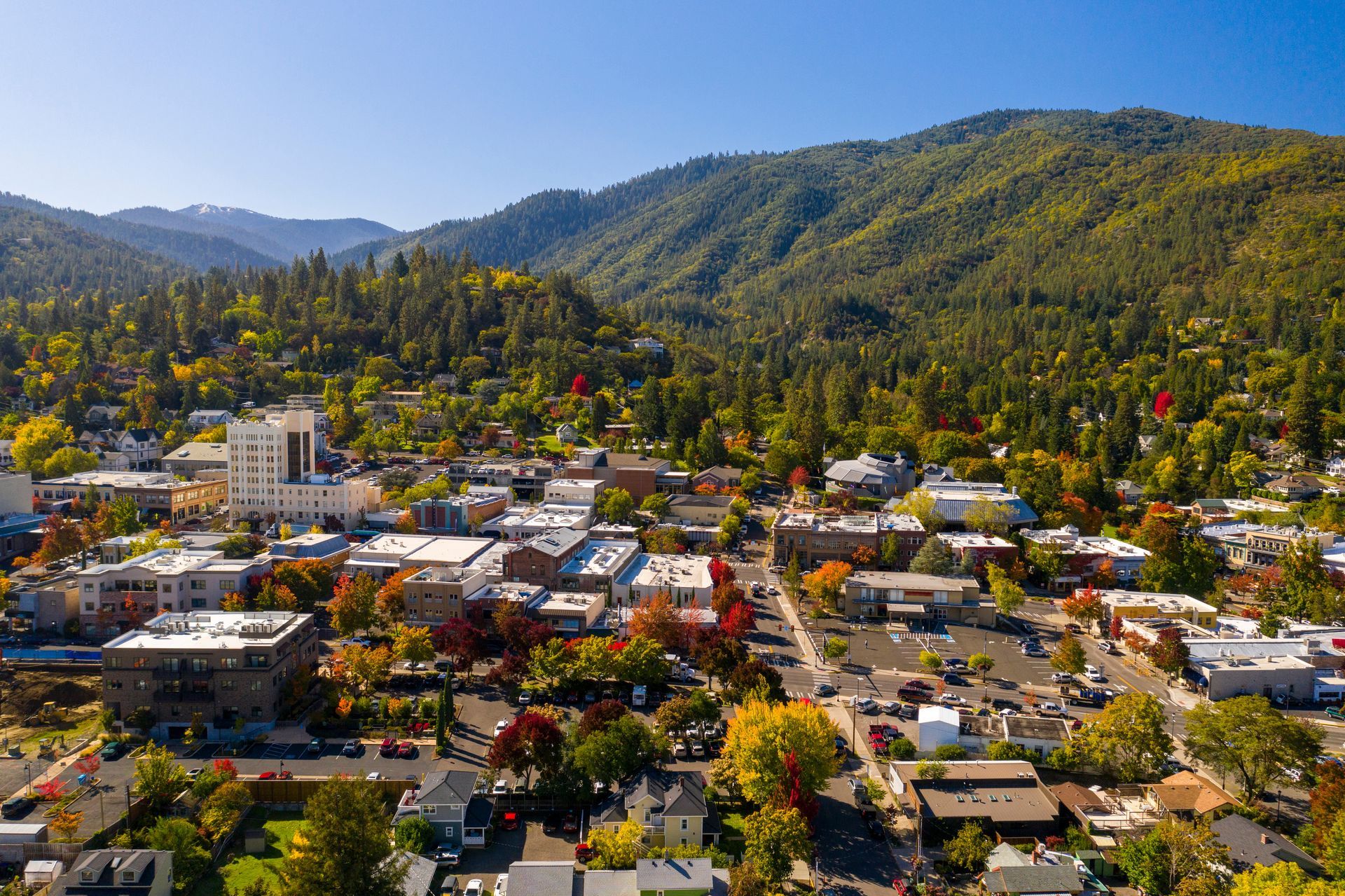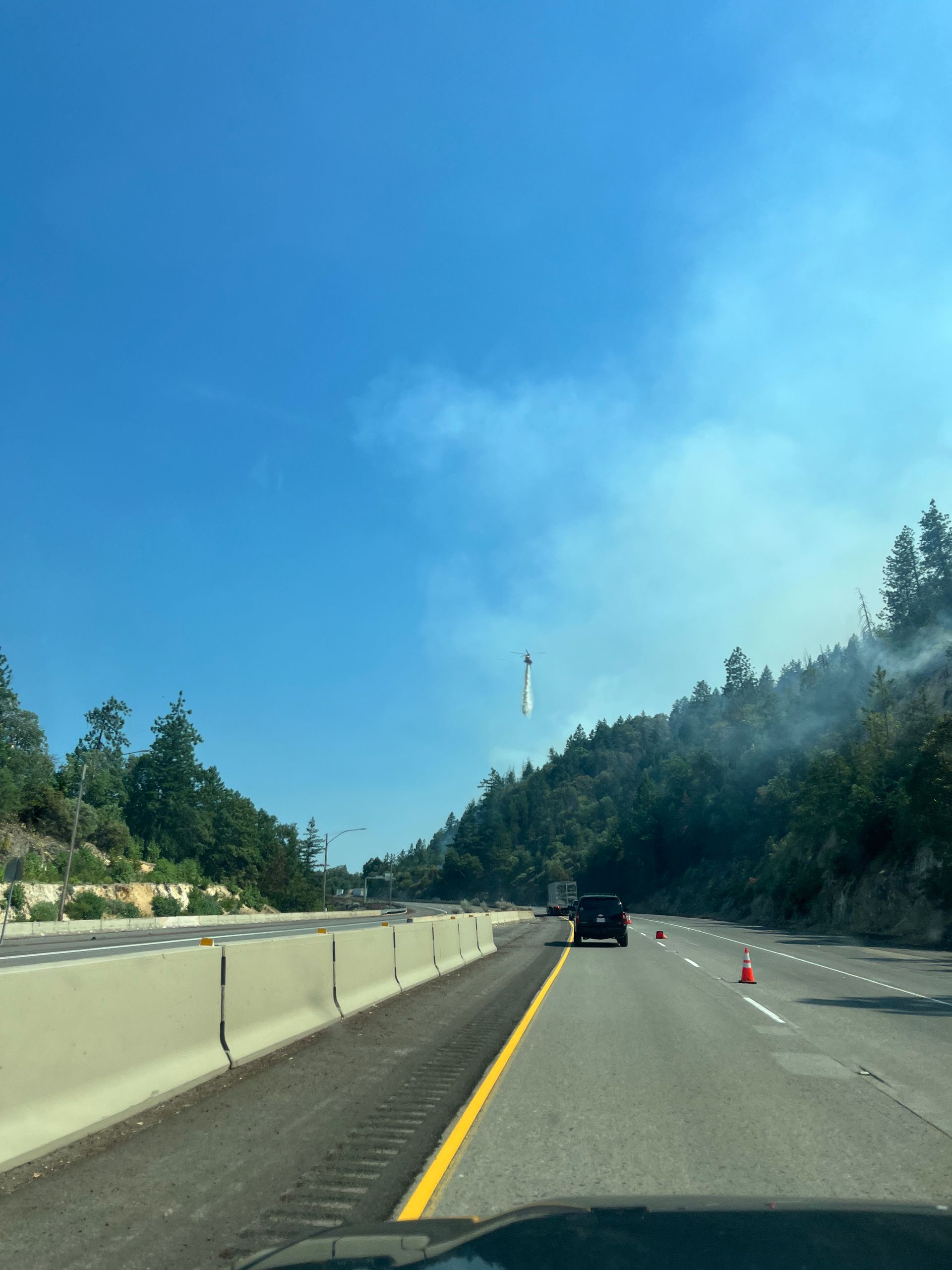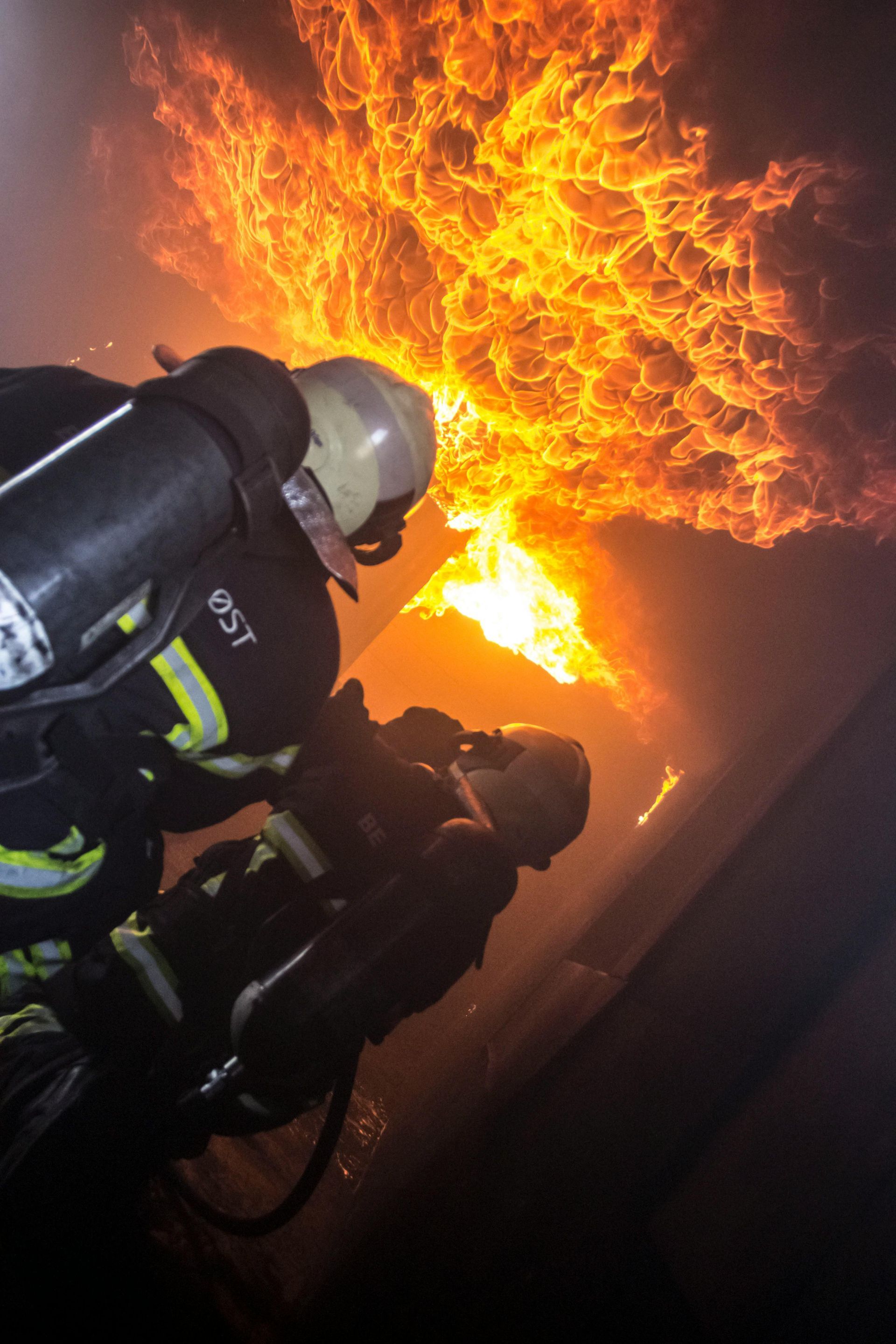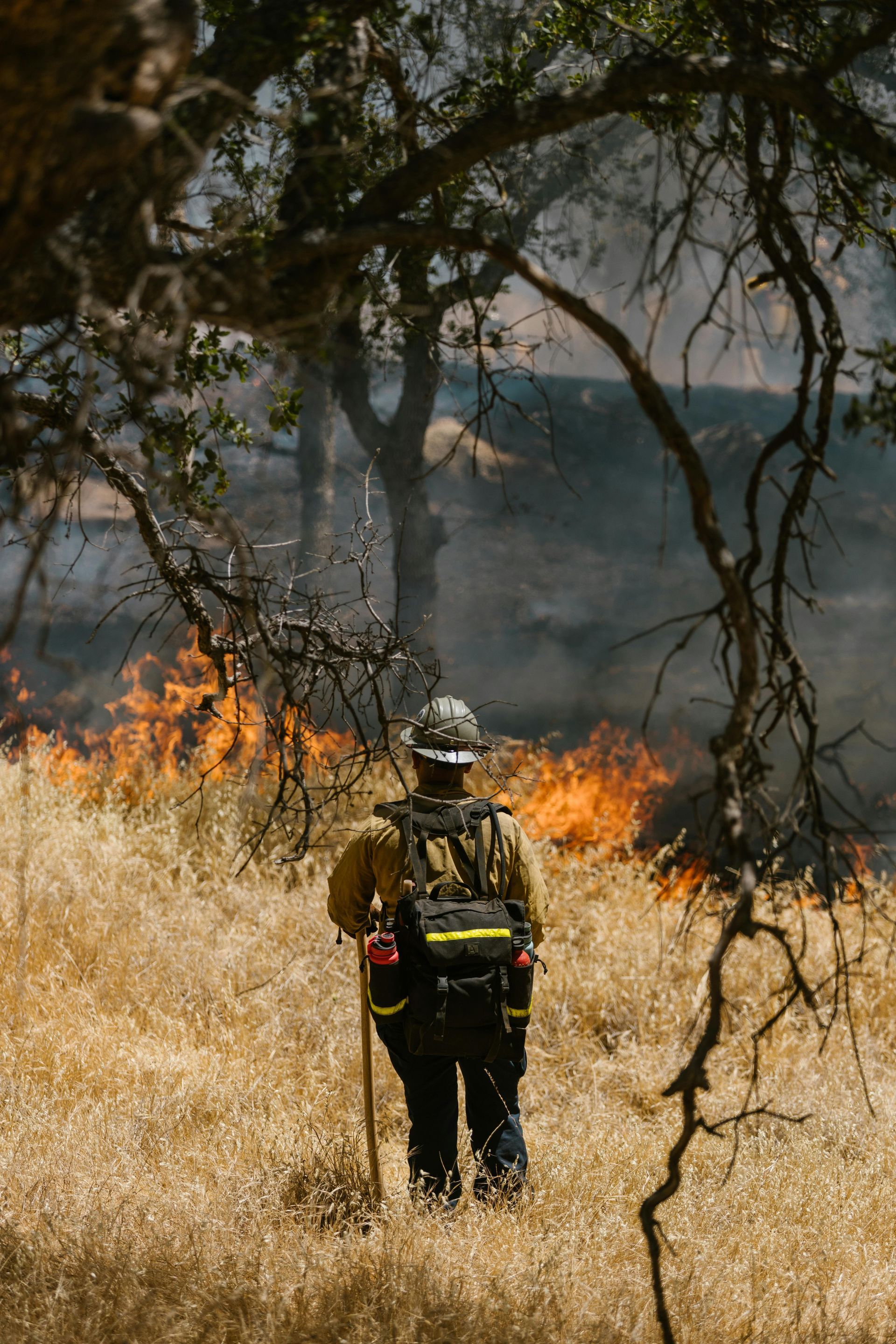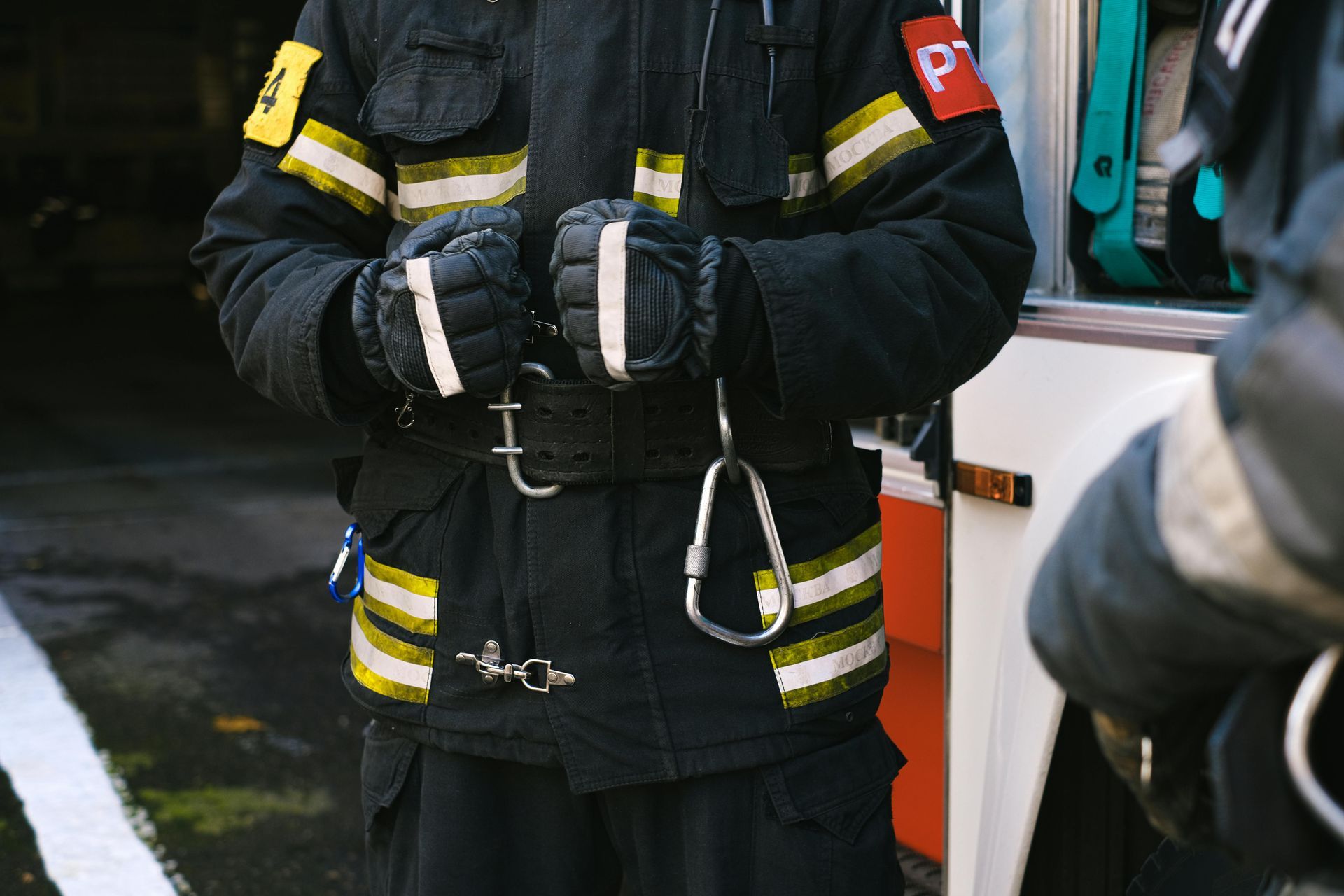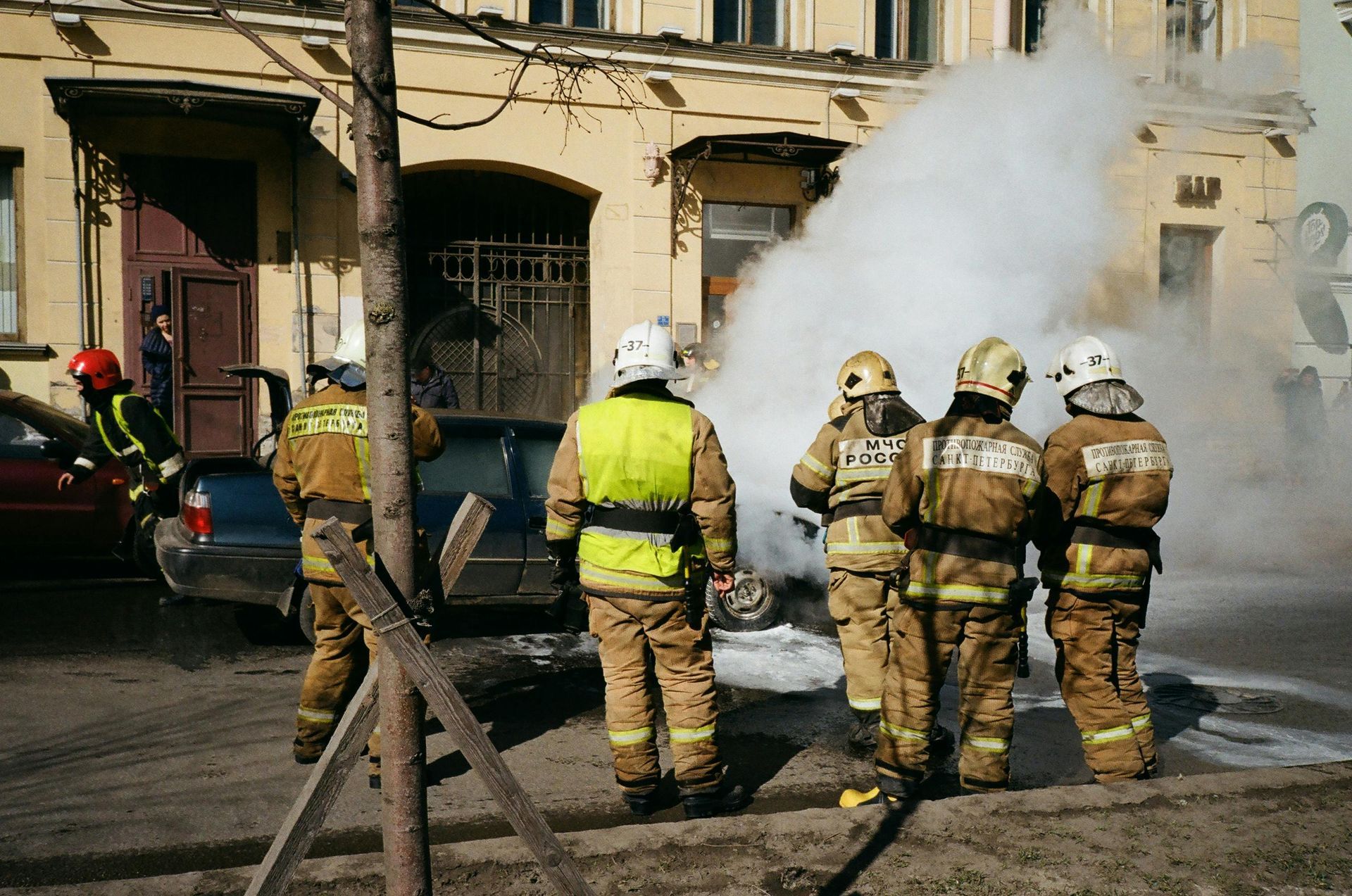Fireproofing Tip #2: Reducing Ladder Fuels to Protect Your Southern Oregon Property
Fireproofing Tip #2:
Reducing Ladder Fuels to Protect Your Southern Oregon Property
In Southern Oregon, where wildfires are a growing concern in communities like Ashland, Medford, and Grants Pass, managing ladder fuels is essential to protect your home from devastating fires. Ladder fuels- vegetation such as low branches, shrubs, or small trees— allow flames to climb from the ground to tree canopies, escalating small fires into destructive crown fires. By addressing ladder fuels, you can create a defensible space to safeguard your Southern Oregon property.
What Are Ladder Fuels?
Ladder fuels act as a "ladder" for fire, connecting surface fuels (grass, leaves, twigs) to taller trees. In Ashland's oak woodlands or Medford's pine-heavy landscapes, common ladder fuels include:
- Low-hanging tree branches within 6-10 feet of the ground.
- Dense shrubs or saplings beneath larger trees.
- Vines or climbing plants on trunks.
- Accumulated dead leaves or pine needles near tree bases, especially in Grants Pass' dry summers.
These fuels are particularly risky in Southern Oregon's arid climate, where dry vegetation can ignite quickly.
Why Ladder Fuels Are Dangerous
In Southern Oregon, ladder fuels can turn a small ground fire into a catastrophic crown fire. For example, a spark in Medford's grassy hills can ignite shrubs, carrying flames to tree canopies, spreading rapidly through neighborhoods. Crown fires are intense and hard to control, threatening homes, wildlife, and firefighters in areas like Ashland or Grants Pass. Removing ladder fuels disrupts this fire pathway, keeping fires smaller and more manageable.
How to Reduce Ladder Fuels in Southern Oregon
Here are practical steps to minimize ladder fuels and enhance wildfire resilience for your Ashland, Medford, or Grants Pass property:
Prune Low Branches: Trim branches to create a 6-10-foot clearance from the ground, especially for pines and oaks common in Southern Oregon. For shorter trees, remove up to one-third of the height. Use clean tools to avoid tree damage, and consult an arborist for large trees in Medford's urban-wildland interface.
Clear Underbrush: Thin shrubs, saplings, or small trees under larger trees, aiming for 10-15-foot spacing between canopies. In Grants Pass, replace flammable plants like juniper with fire-resistant options like succulents or low groundcovers suited to Southern Oregon's climate.
Remove Debris: Rake dead leaves, pine needles, and twigs from under trees, a common issue in Ashland's forested neighborhoods. Dispose of debris via local green waste programs in Medford or Grants Pass to prevent fire fuel buildup.
Maintain Vertical Separation: Ensure no continuous fuel path exists from ground to canopy. Keep shrubs 10 feet from tree trunks and avoid storing firewood near trees, especially near homes in Southern Oregon's fire-prone zones.
Seasonal Checks: Inspect your property before Southern Oregon's wildfire season (June-October). Look for new growth or debris that could act as ladder fuels, particularly after windy springs in Grants Pass.
Southern Oregon-Specific Considerations
Southern Oregon's unique landscapes require tailored strategies. In Ashland's oak and madrone forests, focus on thinning dense understory vegetation. In Medford, prioritize clearing ladder fuels near homes to meet Oregon's 0-30 ft and 30-100 ft defensible space zones. Grants Pass properties near the Rogue River should address dry grasses and shrubs that connect to tree canopies. Check local ordinances, as Ashland and Medford may require permits for tree pruning or vegetation removal.
Benefits of Reducing Ladder Fuels
Increased Safety: Lowers crown fire risk, protecting homes in Ashland, Medford, and Grants Pass.
Firefighter Support: Creates safer conditions for crews defending Southern Oregon properties.
Property Value: Enhances curb appeal with a fire-resistant landscape.
Ecosystem Health: Promotes healthier trees in Southern Oregon's diverse forests.
Act Now in Southern Oregon
Take a walk around your Ashland, Medford, or Grants Pass property to spot ladder fuels, then prioritize pruning and clearing near your home. For guidance, contact local fire agencies or wildfire mitigation experts familiar with Southern Oregon's conditions. Stay proactive to keep your property fire-safe!
Have wildfire safety questions?
Contact our certified team
